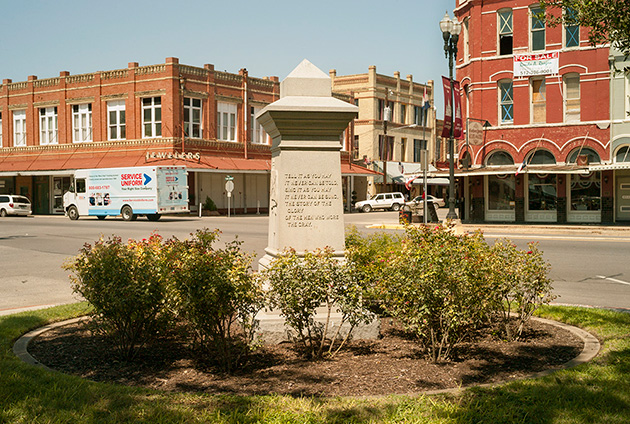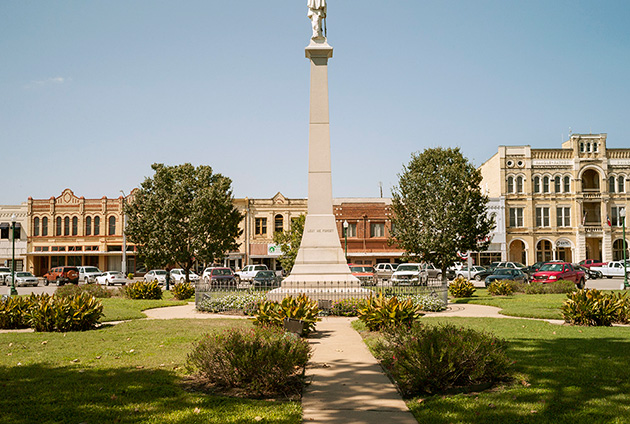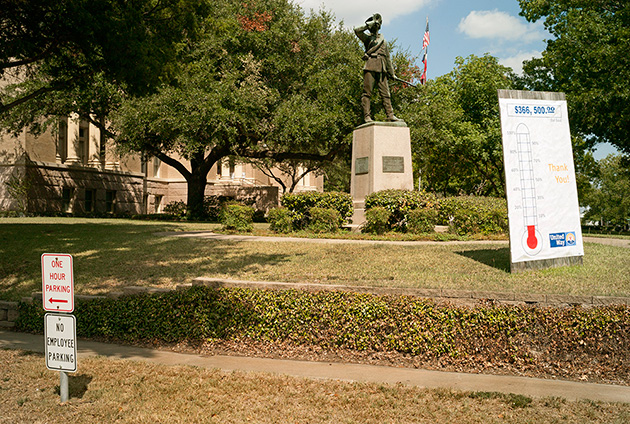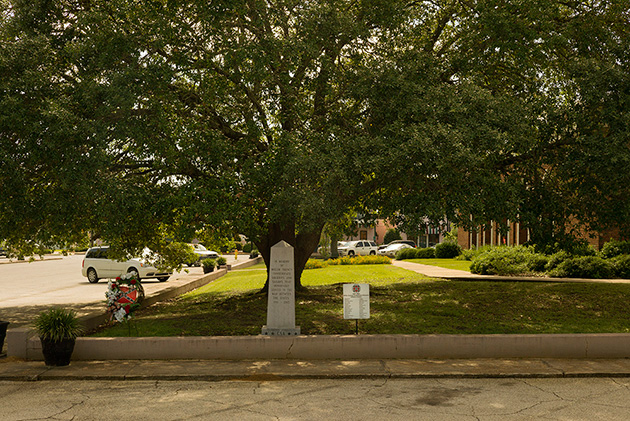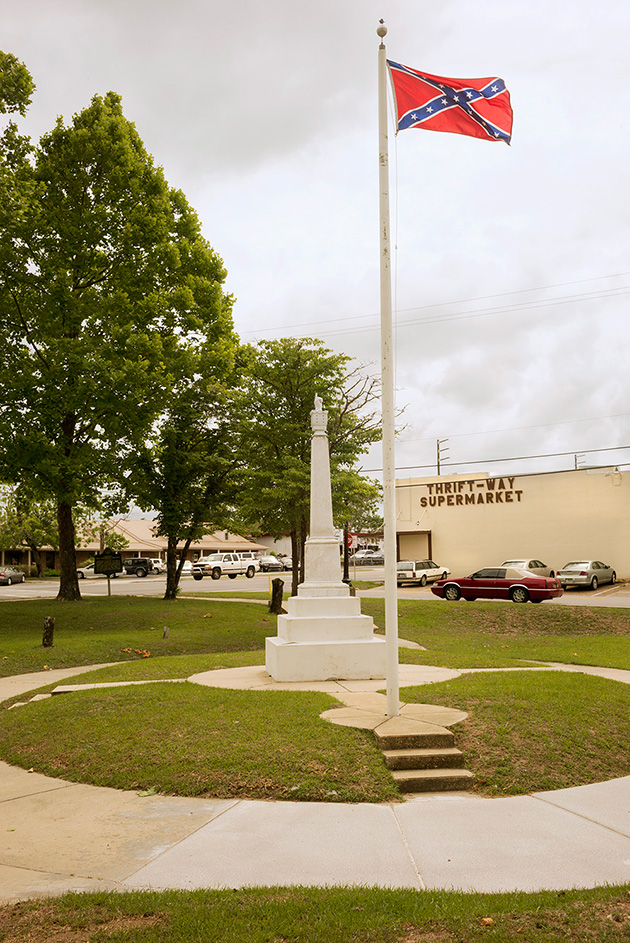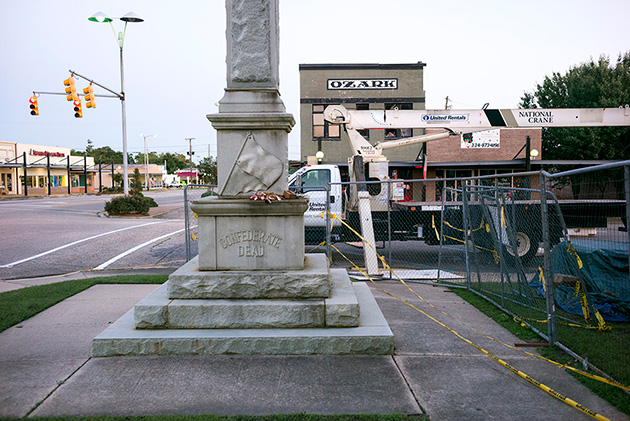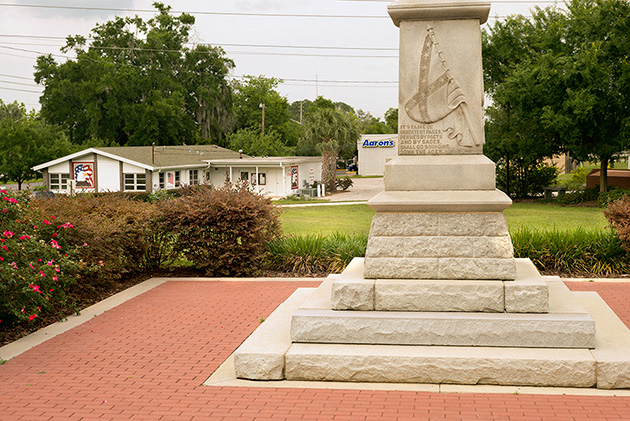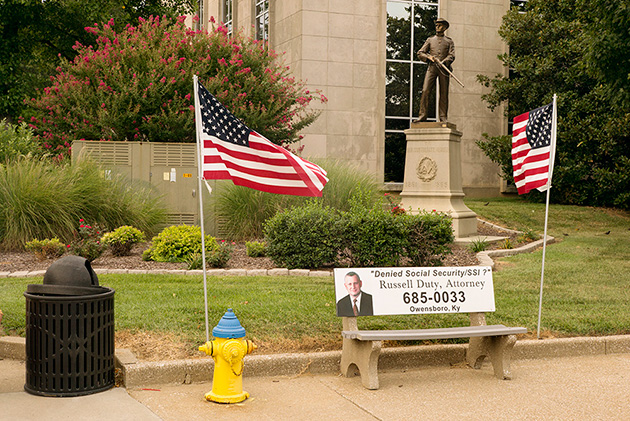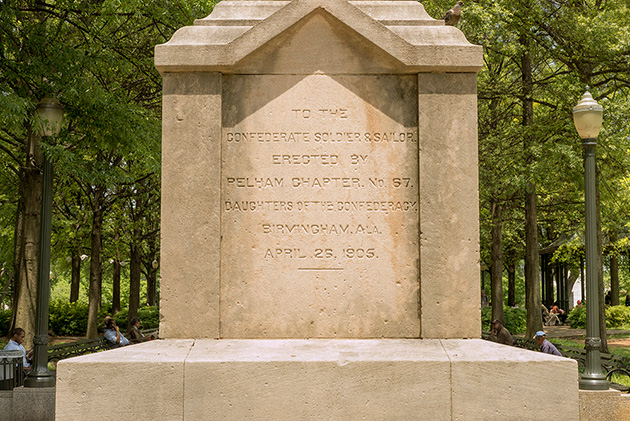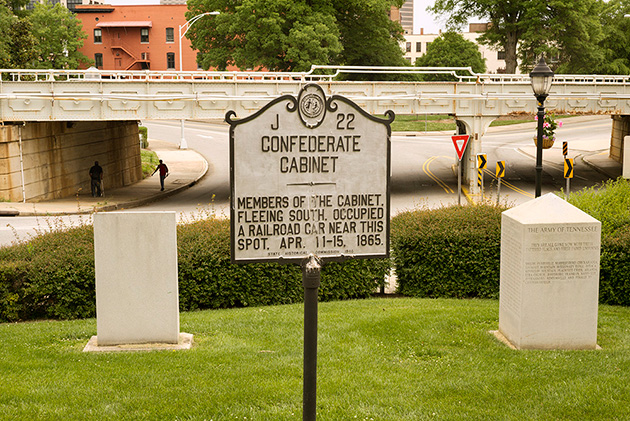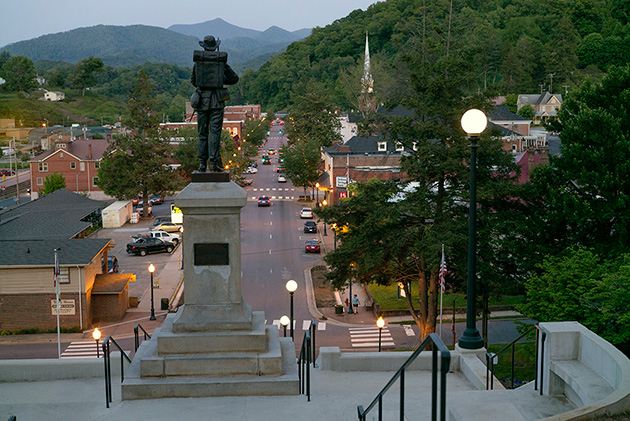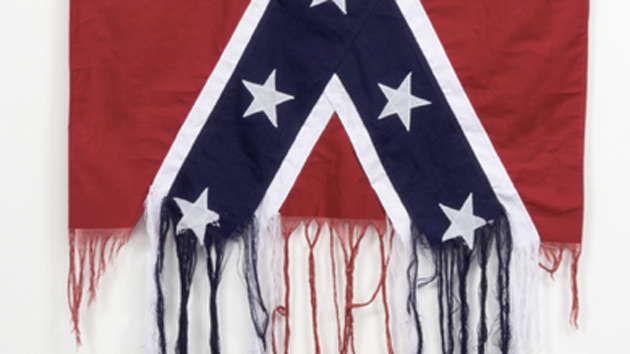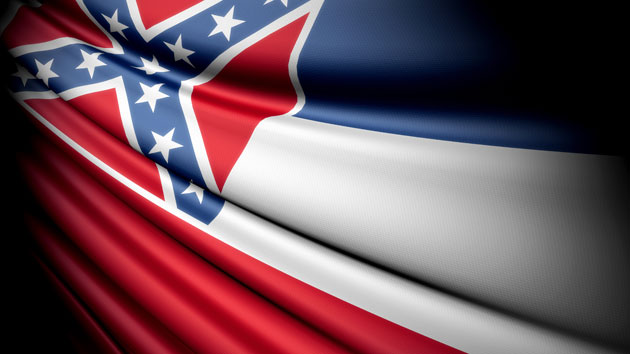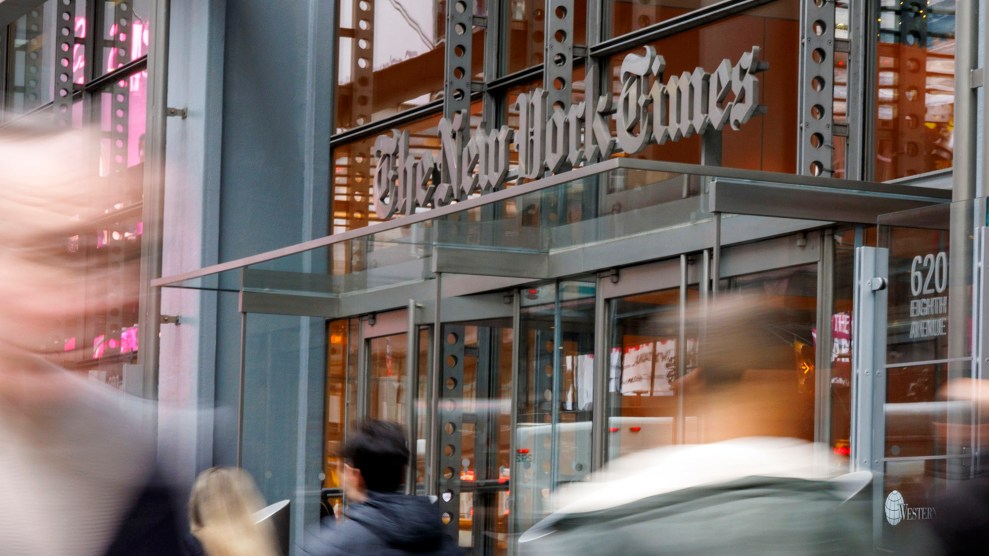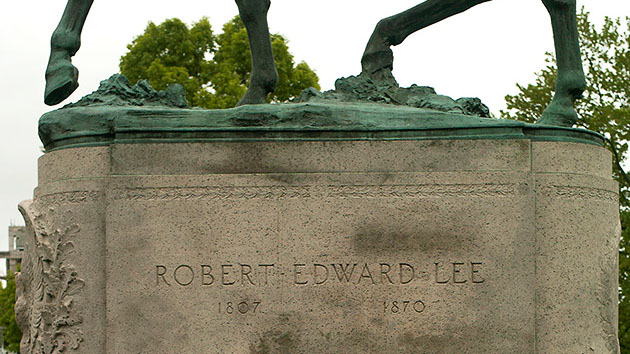
Lee Park, Charlottesville, VirginiaNathan Mills
In his “Most American of Monuments” project, photographer Nathan Millis documents statues, plaques, and other monuments to the confederacy that dot parks and government grounds throughout the American South. He completed this body of work in 2014, but the photos have gained new significance in the wake of last week’s mass shooting at a historically black church in Charleston, South Carolina, and the nationwide furor that has ensued, encouraging the removal of the confederate flag from statehouses and retailers’ inventories.
As Millis’ project shows, even with the flag being removed from government buildings, these monuments to secessionist dreams are deeply ingrained within public spaces throughout the South.
All photos by Nathan Millis.
